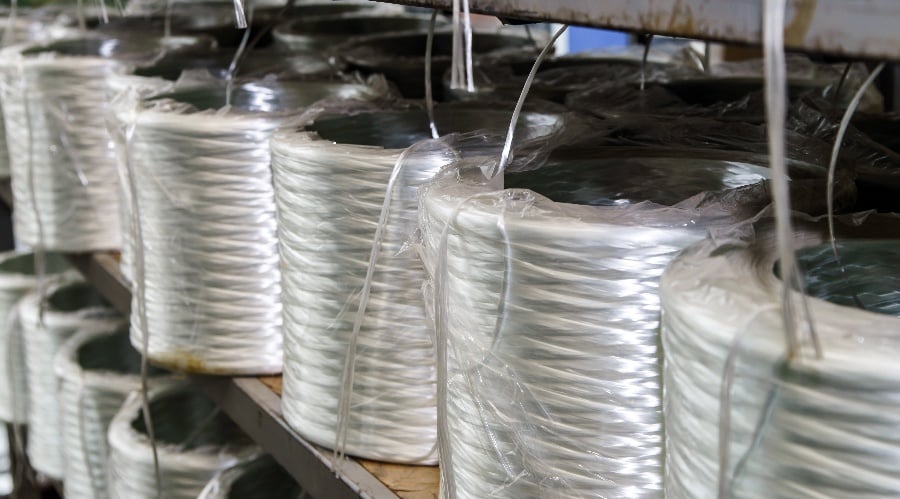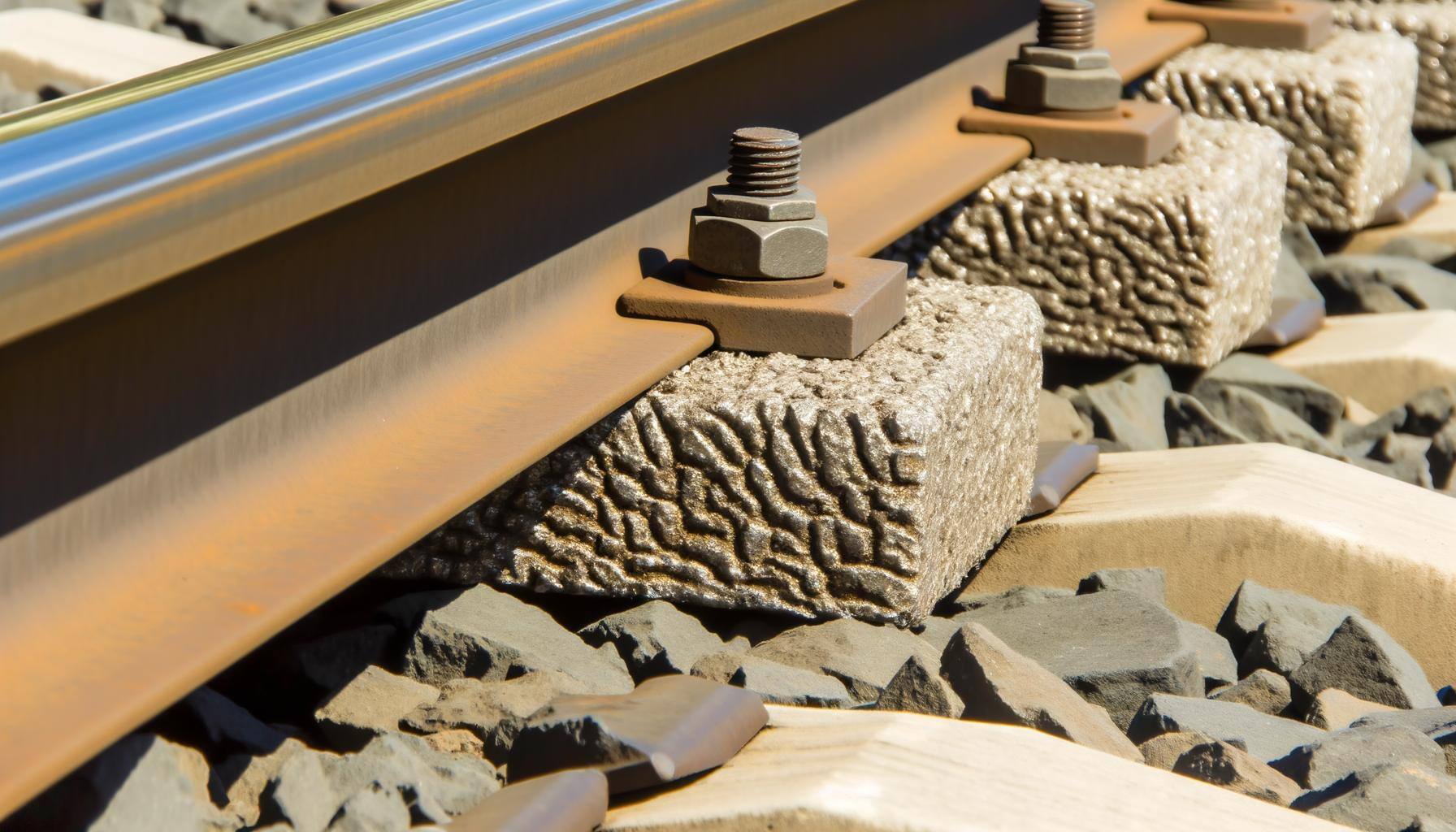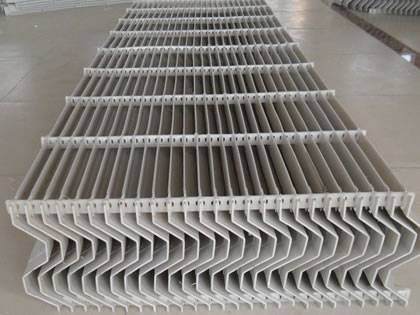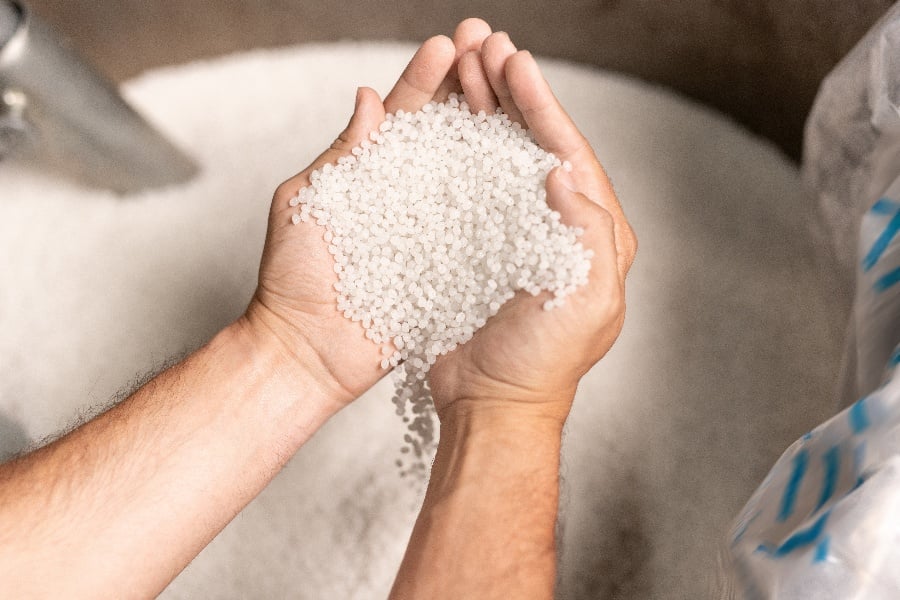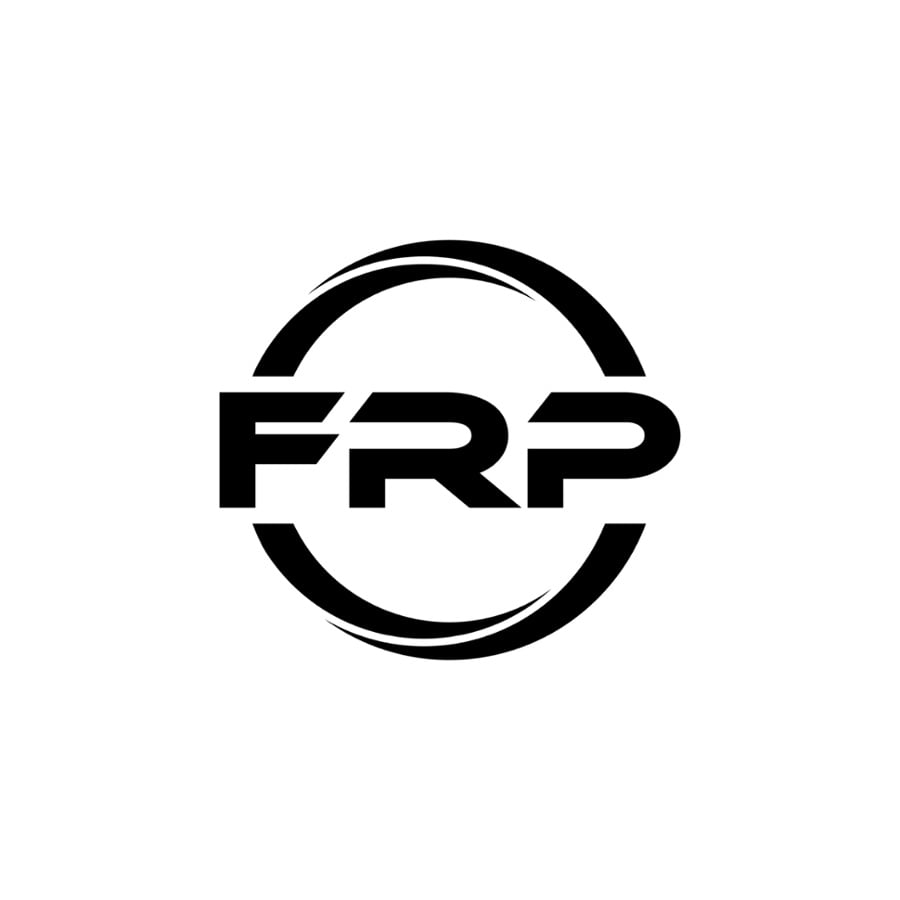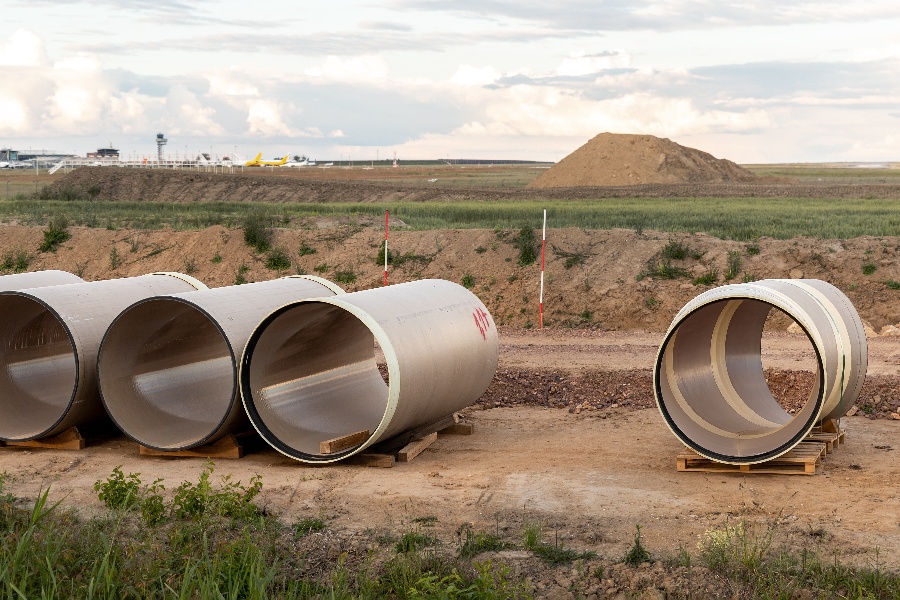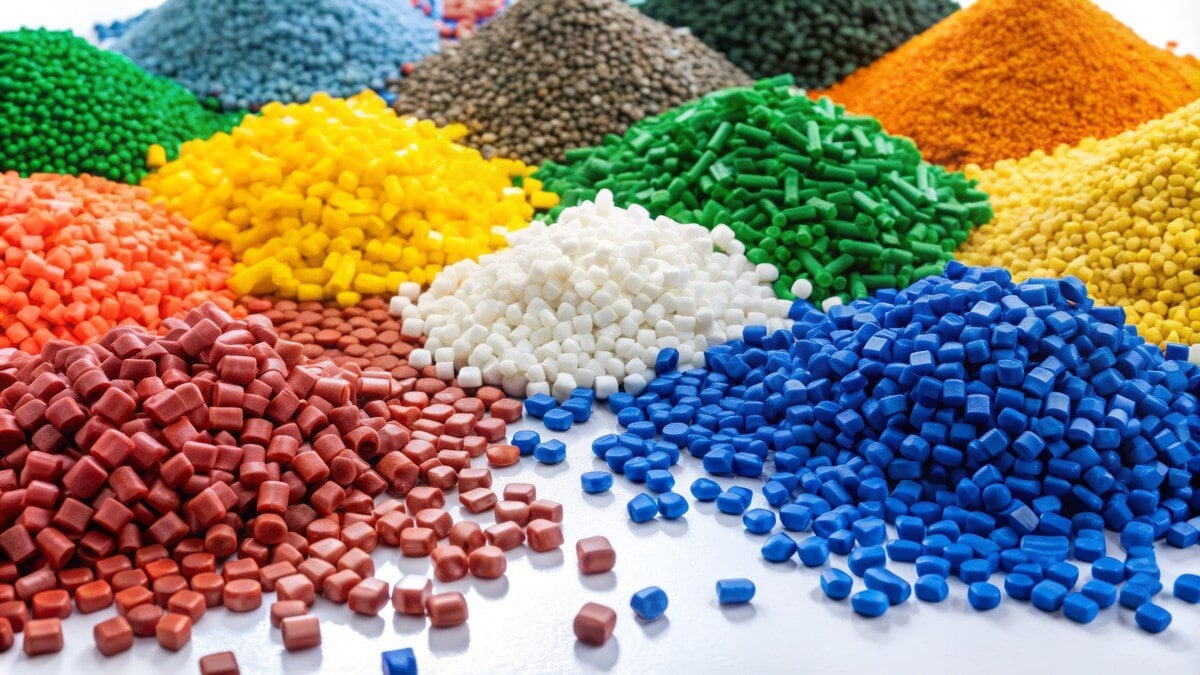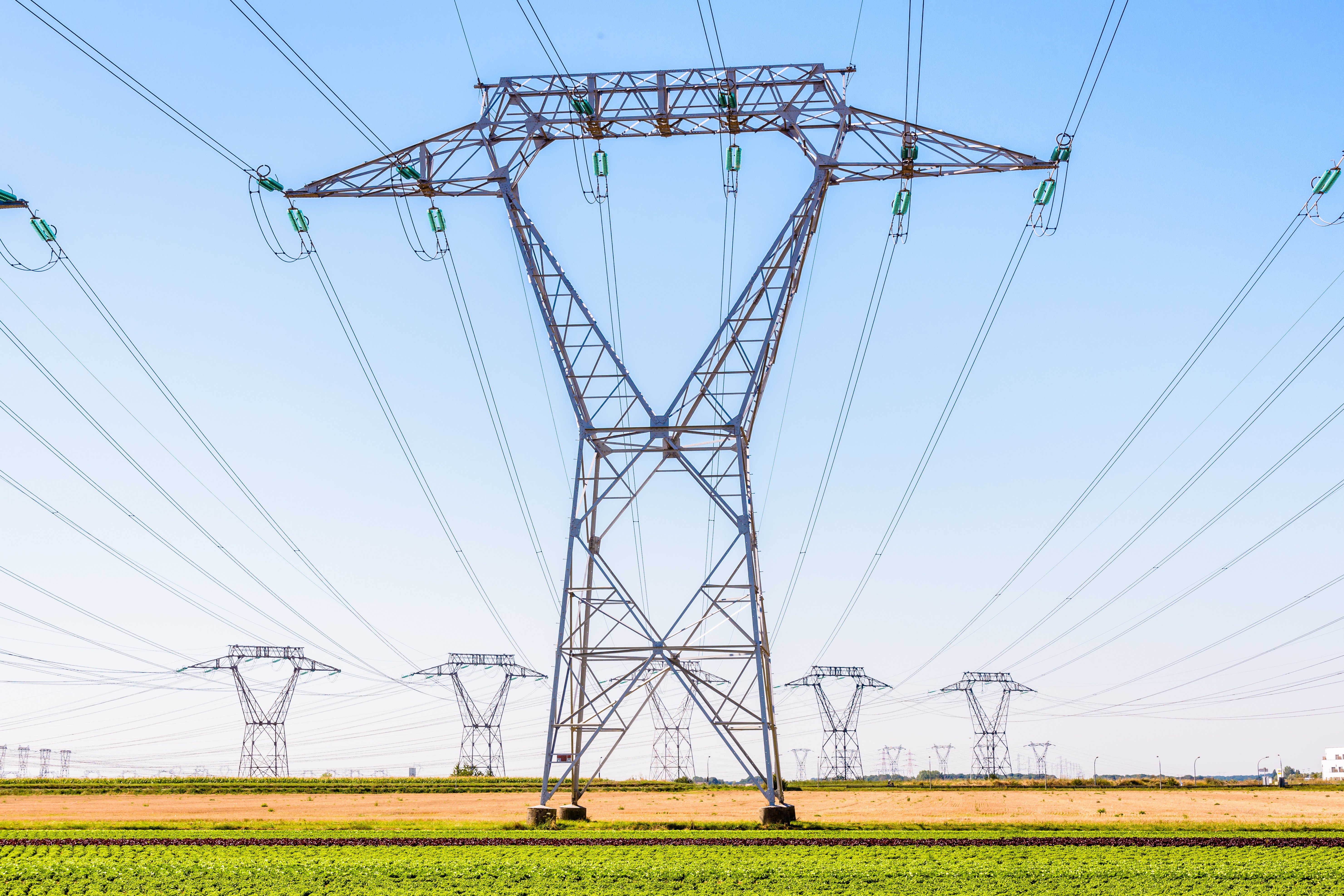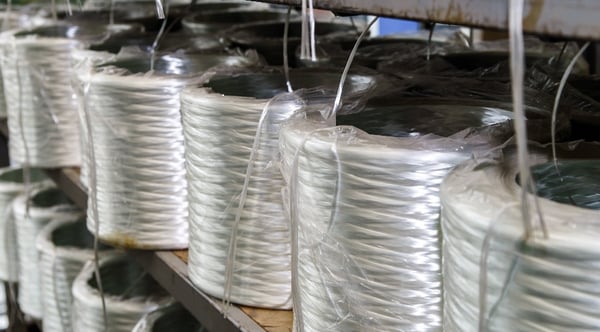
When selecting the materials to use in a product, a lot of factors have to be considered in the final decision. Oftentimes, engineers need to consider both the end-user of the product and the people who will be aiding in the production of the piece of infrastructure.Other than offering optimal functionality to the end-user, the materials used in the construction or design should be efficient to use as well as cost-effective.
Fiber-reinforced polymers happen to fit right into this description. The question is, what is an FRP (fiber-reinforced polymer), and how can it benefit your product?
Read on to learn about FRP:
What Is An FRP?
Also referred to as fiber-reinforced plastic, FRP is a composite material that consists of a polymer matrix blended alongside a reinforcing material, such as fiber.
In general, the fibers can either be aramid, basalt, or carbon, with paper, asbestos, or wood being used in some cases. The result is typically flexible plastic panels that are made from polyester resin and reinforced with fiberglass.
It has a diversity of uses, including in the aerospace, transport, construction, and marine sectors, and many others.
The Formation Process for FRPs
To truly understand the formation of FRPs, it is essential to understand how polymers are formed- either through addition polymerization or step-growth polymerization.
Ideally, composite plastics tend to be formed by combining a couple of homogeneous materials with different characteristics to come up with a final product that matches the desired material and mechanical properties.
These composite materials can then be subdivided into two: particle-reinforced and fiber-reinforced.
The latter option is achieved by incorporating fiber materials into the products, which increases the elasticity and mechanical strength of the plastics.
In comparison, the matrix- which is the core material before fiber reinforcement- is hard but weaker. In a nutshell, the fiber is the key differentiating factor between the FRP and the polymer.
For most of these plastics to be formed, a variety of molding processes might have to be used. Ideally, a tool or mold is typically used to place the constituting dry fiber, the preform fiber, or the fiber that contains specific resin portions.
The first step is using resin to 'wet' the dry fiber before the 'curing' process begins- the matrix and fibers take the shape of the mold or die.
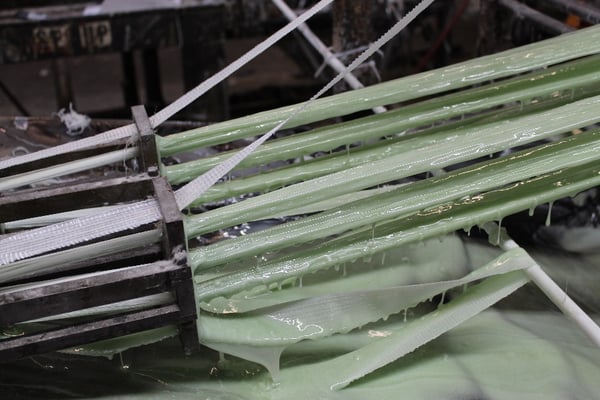
Heat and pressure are also applied occasionally in this stage. Different methods are used, including compression molding, mandrel molding, bladder molding, filament winding, and autoclaving.
Why Use FRPs?
Short Production and Installation Times
Ideally, when developing the design for your product, you need to factor in the time required for the entire project, as well as through each stage of production.
If you manage to save some time in between the nitty-gritty parts of the project, you also get to save its cost. As long as the quality isn't sacrificed, this will be a step in the right direction.
FRP provides the perfect balance for saving time and offering the ideal durability, strength, and quality. This can easily be linked to its short installation and production time.
They Are Lightweight
FRPs' weight tends to go hand in hand with their short installation requirements. In fact, it is as much as eight times lighter than reinforced concrete.
This also means that it is less labor-intensive to install and remove FRPs, and less equipment is needed.
Corrosion and Maintenance
Since it offers high strength and durability, and resistance to corrosion, FRP tends to require less maintenance.
This reduced need for maintenance means that fewer resources will be used to maintain the ad hoc piece of infrastructure, and the end-user is likely to experience reduced downtime.
While the initial cost of the materials might be a little bit higher than other materials, the long-term savings you can get from FRPs make the extra cost worth it.
It Is Highly Flexible
FRPs are typically very versatile. You can use them to do more things than you would have done with other materials.
For instance, you can mold any configuration or piece of equipment, which can further help you create a permanent or temporary mold.
You can make a variety of parts, from circular to rectangular transitions, rods and tubes, channels and bars, with minimal tooling costs.
Thermal Insulation
Some products require a certain level of thermal insulation. Depending on the intricate compositions of the FRP, you can enjoy a commendable level of thermal insulation. This can include insulation from fire and even UV radiation.
Common Fibers Used
1. Glass
Glass is typically an excellent insulation material. When blended with the matrix, it forms glass-reinforced plastics, also known as fiberglass. In comparison to carbon fiber, however, it is less brittle and expensive, but less intense and rigid.
2. Carbon-Based Fiber
This option offers a lot of beneficial features, from high tensile strength, stiffness, chemical resistance, and temperature tolerance, alongside low weight and low thermal expansion capacities.
Ideally, the carbon atoms tend to form crystals along the long axis of the fiber. Such an alignment fortifies the material by making the ratio of strength to volume relatively high.
3. Aramid
This fiber component typically results in heat-resistant and robust synthetic fibers. It has a variety of uses in a lot of industries.
FRP vs. GRP
Both FRP and GRP are commonly confused terms, but they are pretty different. As mentioned above, FRP consists of a composite material that has high-strength fibers, which are typically included in a polymer matrix.
Their high strength and lightweight nature make them quite valuable for both commercial and engineering applications. Ideally, they are often used as a substitute for wood and metal.
On the other hand, fiberglass or GRP is made from polyester, epoxy, or vinyl as a polymer and is composed of glass fibers. Its uses are in the manufacture of boats, bathtubs, and gliders. GRP is typically a type of FRP and is mainly used for commercial applications.
Fiber-reinforced polymers have revolutionized multiple industries. From being heat-resistant to being lightweight, they are ideal substitutes for conventional construction materials.
Contact us to gain access to FRPs for your specific needs.

